Introduction
Building a deck with low ground clearance is a unique challenge that many homeowners face, often due to space constraints or specific site conditions. Low clearance decking refers to structures that are built close to the ground, limiting airflow and ventilation beneath the deck. This design can be both practical and aesthetically pleasing when done correctly, but it requires careful planning and execution.
What is Low Clearance Decking?
Low clearance decking is designed for areas where traditional deck heights are impractical or impossible due to landscaping, existing structures, or local regulations. These decks typically sit just above the ground level, which can create a cozy atmosphere but also presents challenges such as limited airflow and potential moisture issues. Understanding what constitutes low clearance decking is crucial for homeowners looking to enhance their outdoor spaces without compromising function or style.
Importance of Proper Design and Installation
Proper design and installation of low clearance decks are vital for ensuring longevity and safety. Without adequate planning, these decks can suffer from structural weaknesses or moisture-related problems—after all, why is water the most damaging element to exterior woods? With thoughtful design tips for low clearance, low ventilation decks in mind, you can mitigate these risks while maximizing your outdoor enjoyment.
Benefits of Low Clearance Decking
The benefits of low clearance decking extend beyond mere aesthetics; they include increased outdoor living space in tight areas without sacrificing style or functionality. Additionally, this type of decking often requires fewer materials than traditional elevated designs, making it a cost-effective solution for many homeowners. By utilizing installation tips for low clearance, low ventilation decks effectively, you can create an inviting space that showcases your personal style while being mindful of environmental factors like moisture.
Understanding Low Ground Clearance
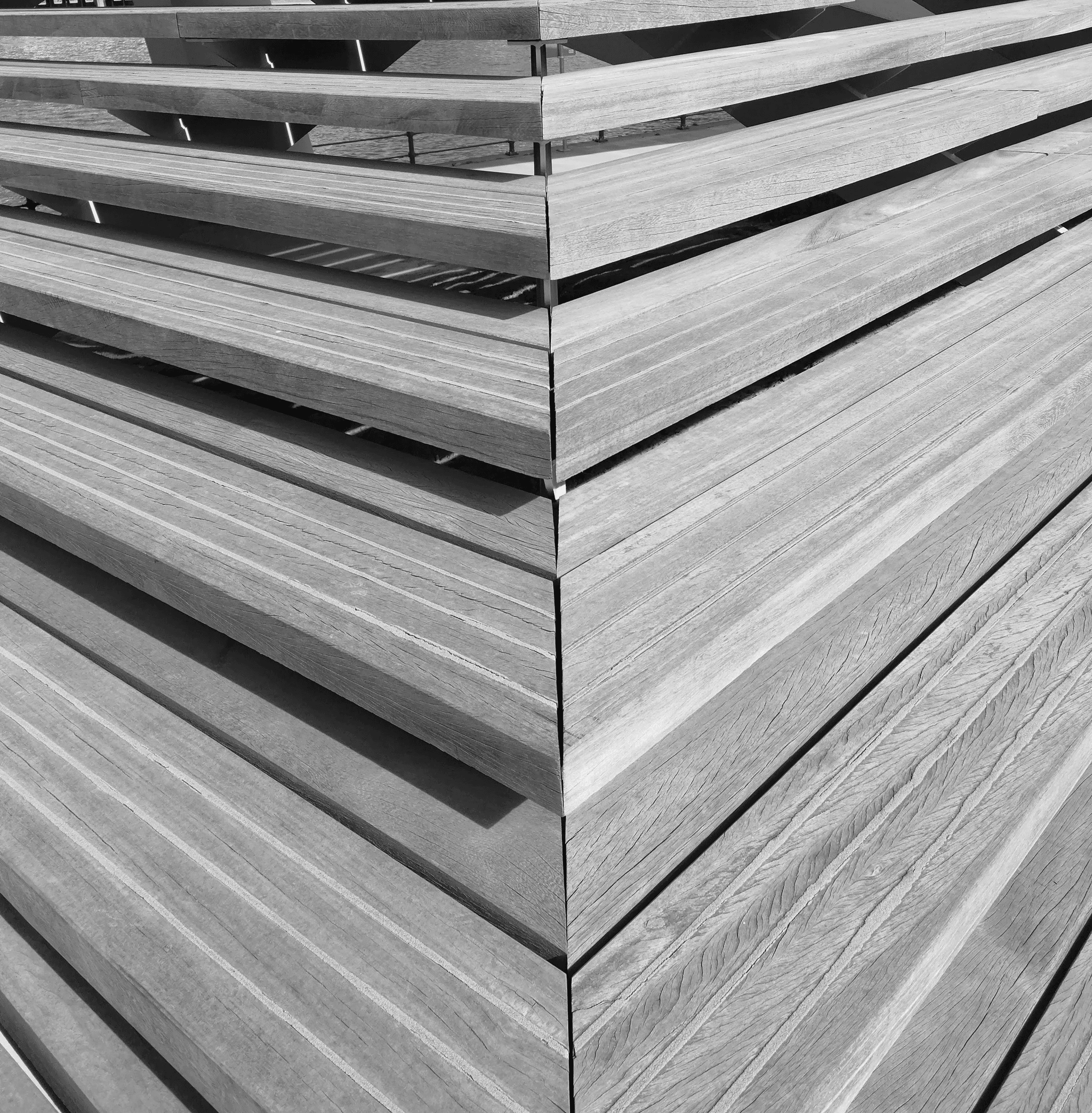
When embarking on the journey to build a deck low ground clearance, it’s crucial to grasp what this entails and why it matters. Low ground clearance decking refers to structures that sit close to the ground, often less than 18 inches above the earth. This design can be essential for various reasons, including aesthetic preferences and practical considerations like local building codes or landscape features.
Defining Low Ground Clearance Decking
Low ground clearance decking is characterized by its minimal space between the deck surface and the underlying soil or foundation. This type of decking is particularly beneficial in areas where elevation changes are minimal or where existing landscaping needs to be preserved. By defining low clearance in this way, homeowners can better understand the implications for ventilation and moisture management.
Situations That Require Low Clearance
There are several scenarios where building a deck with low ground clearance becomes necessary or advantageous. For instance, if your property has a sloped yard or is situated in a flood-prone area, minimizing elevation can help mitigate water-related issues. Additionally, urban environments often have restrictions on height due to zoning laws, making low clearance decks an appealing option for maximizing outdoor space without violating regulations.
Factors Influencing Clearance Height
Several factors come into play when determining how high your deck should be above the ground. Local climate conditions can impact moisture levels; therefore, understanding Why is water the most damaging element to exterior woods? is crucial when planning your design. Other considerations include soil composition, drainage patterns, and even potential pest issues that could arise from inadequate airflow under your deck structure.
When designing decks in areas with low ventilation—where airflow may be limited—it's essential to incorporate specific design tips for low clearance decks that address these challenges effectively. Factors such as material choice and proper installation techniques become paramount in ensuring long-lasting durability against moisture damage.
Design Tips for Low Clearance Decks
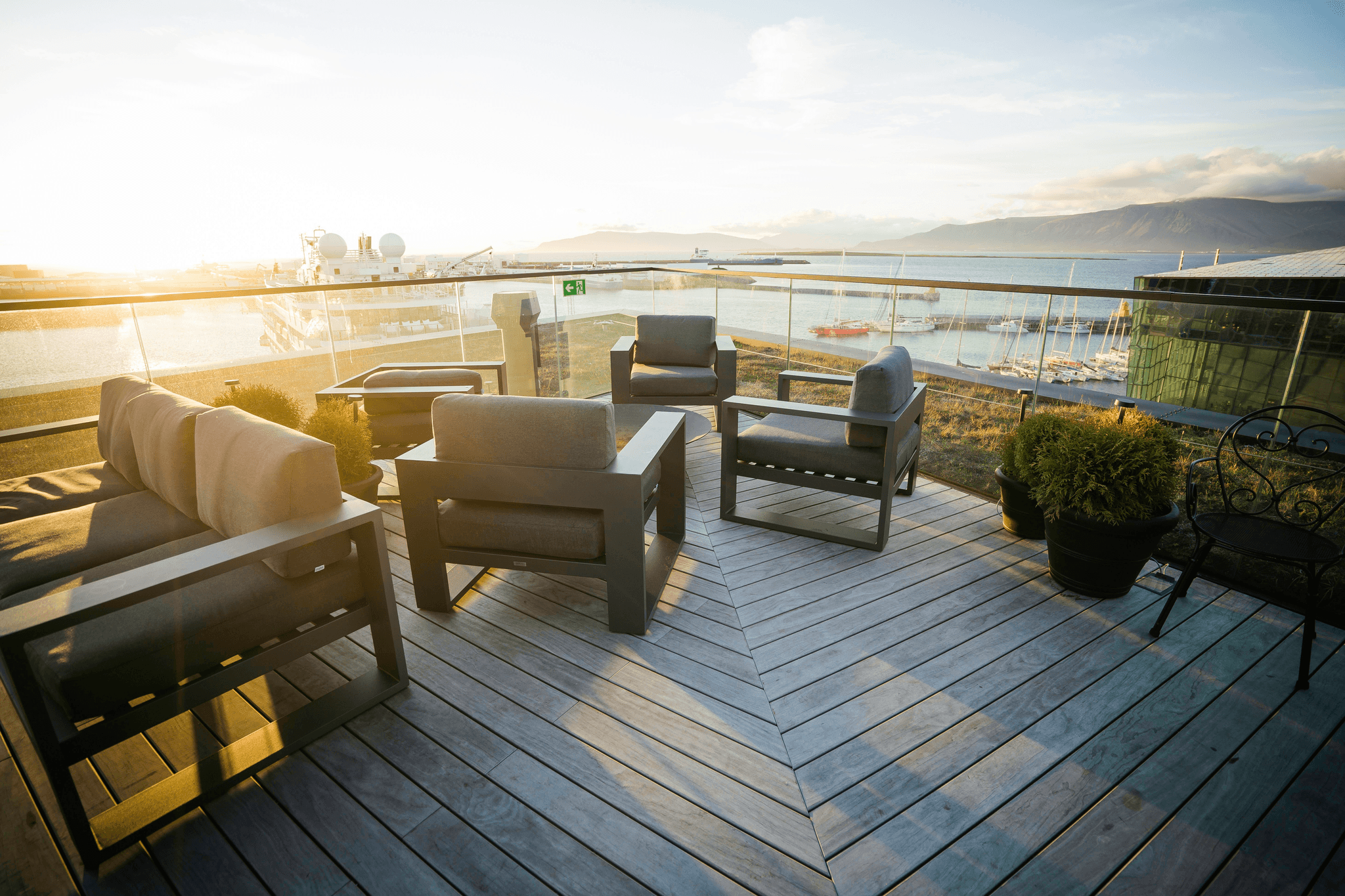
Designing a low clearance deck isn't just about functionality; it's also an opportunity to create a visually appealing space that enhances your outdoor experience. When you build a deck with low ground clearance, aesthetic considerations become paramount to ensure the deck looks inviting and complements your home’s architecture. From color schemes to railing styles, thoughtful design can transform what might seem like a limitation into an advantage.
Aesthetic Considerations
When planning your low clearance deck, consider how it will interact with the surrounding landscape and architecture of your home. Use colors and materials that harmonize with existing elements; for instance, earthy tones can blend seamlessly into natural settings while bold colors can add a pop of personality. Additionally, think about incorporating built-in planters or decorative lighting to enhance visual appeal without compromising the low profile of the structure.
Choosing the Right Materials
Selecting materials is crucial when you build a deck with low ground clearance because not all materials perform well in confined spaces or withstand moisture effectively. Opt for water-resistant materials that resist warping and decay since water is one of the most damaging elements to exterior woods—this is particularly important for decks with limited ventilation where moisture can linger. Composite decking is an excellent choice as it combines durability with aesthetic versatility, ensuring your deck remains beautiful despite environmental challenges.
Utilizing Composite Decking Inc Products
Utilizing products from Composite Decking Inc can significantly simplify your design process while ensuring longevity in performance and aesthetics for low clearance decking projects. Their range includes various textures and colors that make it easy to achieve the look you desire without sacrificing quality or durability—perfect for those who are conscious of both style and function! Moreover, their products are engineered to minimize moisture absorption, addressing concerns like How Can I Minimize the Effects of Moisture on Exterior Woods? effectively while maintaining an attractive appearance.
Installation Tips for Low Clearance, Low Ventilation Decks
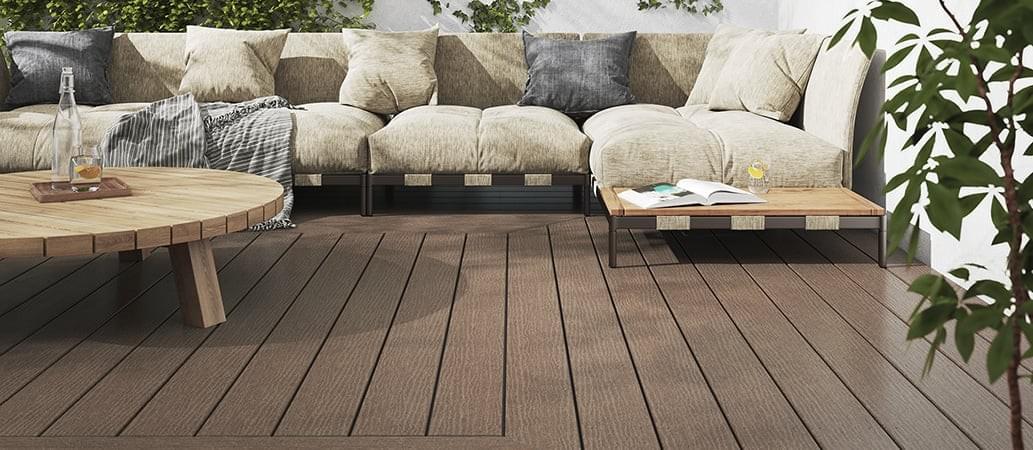
Building a deck with low ground clearance can be a rewarding project, but it comes with its own set of challenges. Proper installation is crucial to ensure your deck not only looks great but also stands the test of time. Here are some key tips to keep in mind when tackling this unique endeavor.
Preparing the Site Properly
Before you even think about laying down the decking boards, take a moment to assess your site conditions thoroughly. Clear any debris, vegetation, or obstacles that could interfere with your project; a clean slate is essential for success. Additionally, consider the slope of your yard—proper grading will help prevent water pooling under your deck, which is vital since water is often the most damaging element to exterior woods.
When preparing to build a deck with low ground clearance, remember that ventilation plays an important role in preventing moisture buildup. If you’re in an area prone to heavy rainfall or humidity, you may need to take extra precautions during site preparation. This could include installing gravel or landscaping fabric beneath the deck to facilitate drainage and airflow.
Techniques for Deck Support and Stability
The stability of your low clearance deck hinges on selecting the right support system that can handle both weight and environmental factors like wind and rain. Use concrete piers or adjustable post supports that allow you to customize height while ensuring solid footing; this will help mitigate any sagging over time. It’s also wise to space joists appropriately according to local building codes—this ensures maximum stability and longevity for your design.
When constructing low ventilation decks, consider using cross bracing techniques between joists for added support against lateral movement caused by weather elements. This not only increases stability but also provides peace of mind knowing your structure can withstand nature's whims! Remember: strong support translates into long-term durability—a must-have when planning Design Tips for Low Clearance, Low Ventilation Decks.
Ensuring Proper Drainage
One of the biggest concerns when building decks at low ground clearance is ensuring proper drainage underneath them; stagnant water can lead to serious issues down the line! Incorporating sloped designs into your installation helps direct water away from critical areas where it might accumulate over time—think strategically about how rainwater will flow around (and under) your new structure!
Installing drainage systems like perforated pipes or trenches can be game-changers in managing excess moisture effectively while complementing any aesthetic choices you've made during construction as well! Additionally, consider using permeable materials around the foundation area that allow water flow without compromising structural integrity—this step is crucial in minimizing moisture-related problems long-term.
Lastly, don’t forget about maintenance after installation; regular checks on drainage systems are essential in keeping everything running smoothly! By following these Installation Tips for Low Clearance, Low Ventilation Decks, you'll create a beautiful space that's both functional and resilient against nature’s elements.
Addressing Moisture Concerns
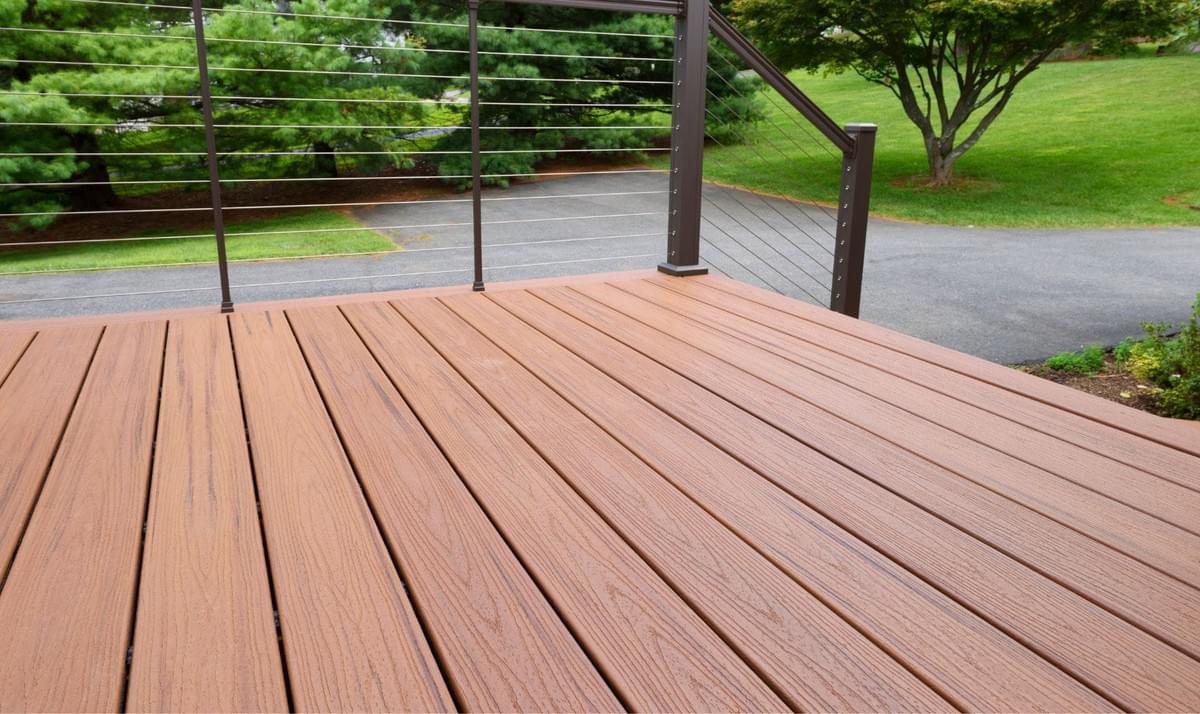
Water can wreak havoc on exterior woods, leading to rot, warping, and structural failure if not properly addressed. Understanding how to tackle moisture issues will not only enhance your deck's lifespan but also ensure that your investment stands the test of time.
Why is water the most damaging element to exterior woods?
Water is the arch-nemesis of exterior woods primarily because it promotes decay and fosters an environment for mold and mildew growth. When wood absorbs moisture, it expands and contracts, which can lead to cracks and splinters over time. This constant battle with water weakens the structural integrity of your deck, making it essential to consider water-resistant options when you build a deck low ground clearance.
How Can I Minimize the Effects of Moisture on Exterior Woods?
To minimize the effects of moisture on your low clearance deck, proper drainage is key; ensuring that water flows away from the structure will help keep wood dry. Additionally, using sealants or stains designed for outdoor use can provide an extra layer of protection against moisture penetration. Incorporating these Design Tips for Low Clearance, Low Ventilation Decks into your project will go a long way in preserving your investment.
Selecting Water-Resistant Materials
Choosing the right materials is essential when building a deck with low ground clearance since some woods are naturally more resistant to moisture than others. For instance, redwood or cedar can be great choices due to their natural oils that repel water; however, composite materials may offer even better resistance while requiring less maintenance overall. When selecting materials for your project, consider durability alongside aesthetics; this combination will ensure you have a beautiful yet functional space that withstands environmental challenges.
Choosing Fasteners for Your Deck
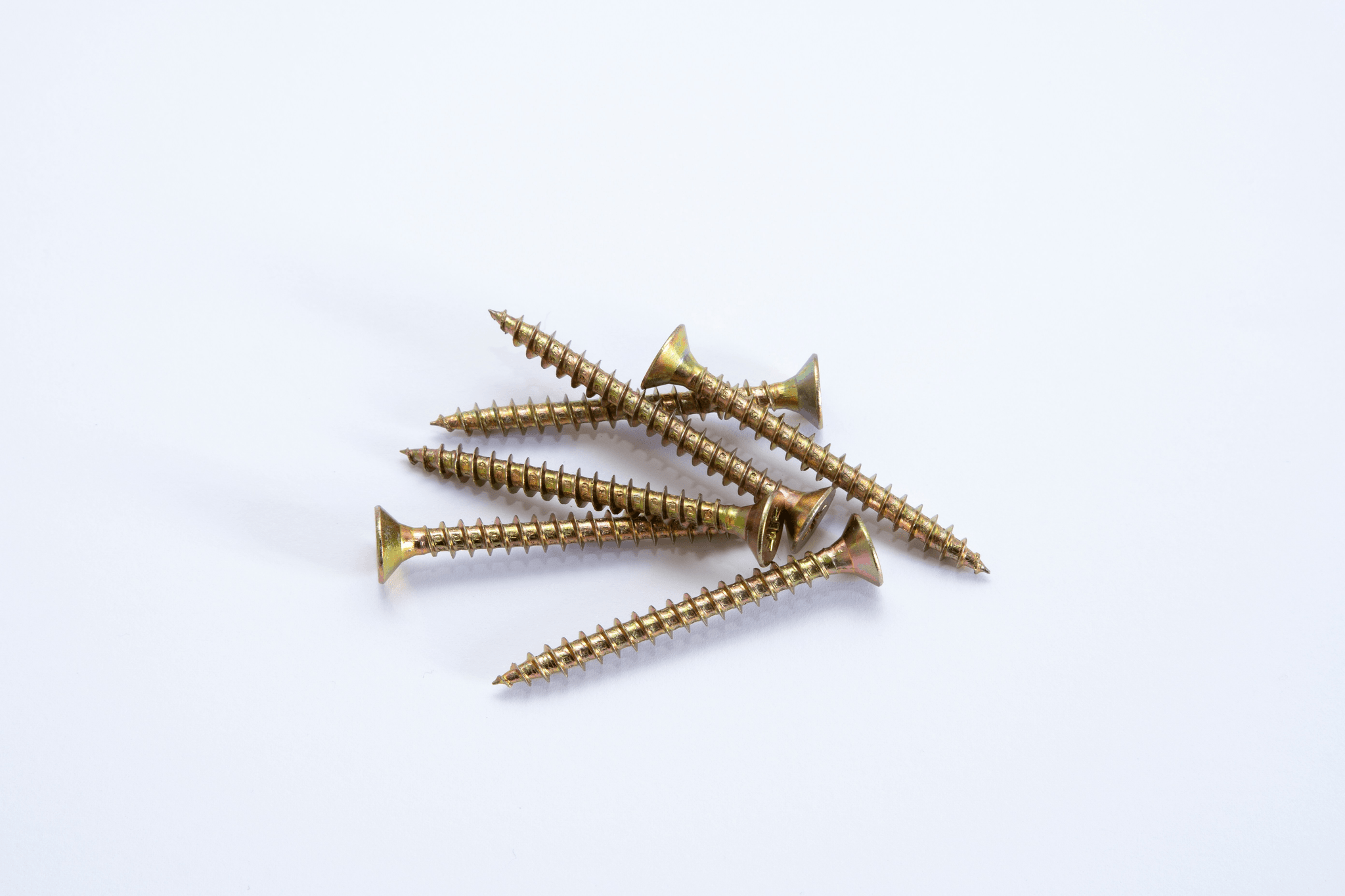
What's The Best Deck Fastener For Wood Decking?
The best deck fastener for wood decking is often considered to be stainless steel or coated screws designed specifically for outdoor use. These fasteners resist rust and corrosion, which is essential when you’re working in conditions where moisture can be a significant issue—after all, water is one of the most damaging elements to exterior woods! When you’re looking to build a deck with low ground clearance, ensure that your chosen fasteners can handle the unique challenges posed by both moisture and limited airflow.
In addition to stainless steel options, consider using composite decking screws if you opt for composite materials in your design tips for low clearance, low ventilation decks. These screws are engineered not only to prevent splitting but also to provide superior holding power without compromising aesthetics. Ultimately, choosing the right type of fastener will contribute greatly to the longevity of your project.
Importance of Quality Fasteners
Quality fasteners are not just an afterthought; they play a pivotal role in how well your deck performs over time. Cheap or inferior fasteners can lead to structural failures that might compromise safety and lead you down a costly maintenance path—something no one wants when trying to enjoy their outdoor space! When building a deck with low ground clearance, investing in high-quality fasteners becomes even more critical since they will face unique stresses from moisture accumulation due to limited airflow.
Moreover, good quality fasteners ensure that your installation stays tight over time despite temperature fluctuations and seasonal changes. This stability becomes particularly important when considering how water can affect exterior woods; poor fastening might allow gaps where moisture can infiltrate and cause rot or decay. Remember that quality components contribute significantly toward minimizing the effects of moisture on exterior woods.
Tips for Fastener Installation
First off, make sure you pre-drill holes if you're using hardwoods or thicker materials; this will help prevent splitting while allowing easy penetration during installation—especially crucial when implementing installation tips for low clearance, low ventilation decks!
Next up is spacing: keep an eye on how far apart each fastener should be placed according to manufacturer guidelines and local building codes; this ensures even weight distribution across the structure which is vital when dealing with potential moisture issues beneath the surface. Finally, don’t forget about countersinking; ensuring that screw heads sit below the surface will help create a smoother finish while preventing snagging on shoes or furniture later down the line!
Conclusion

In wrapping up our exploration of low clearance decking, it’s essential to highlight the importance of proper design and installation. Whether you're looking to build a deck with low ground clearance due to space constraints or local regulations, understanding the nuances can make all the difference. From choosing the right materials to ensuring proper drainage, every step plays a critical role in achieving a durable and aesthetically pleasing deck.
Recap of Low Clearance Decking Installation
Building a deck with low ground clearance requires careful planning and execution. Following the installation tips for low clearance, low ventilation decks ensures that your structure not only looks great but also stands the test of time. Remember to address moisture concerns proactively by asking yourself: why is water the most damaging element to exterior woods? The answer lies in its ability to cause rot and decay if not properly managed.
Final Thoughts on Design and Durability
When considering design tips for low clearance, low ventilation decks, remember that aesthetics should never compromise durability. Choosing quality materials that can withstand moisture will enhance your deck's longevity while maintaining its visual appeal. Ultimately, investing time in understanding how you can minimize the effects of moisture on exterior woods will pay off with a beautiful deck that lasts for years.
Explore Related Posts for More Insights
For those eager to delve deeper into decking projects, exploring related posts can provide valuable insights and inspiration. You might find articles discussing what's the best deck fastener for wood decking or innovative design ideas that cater specifically to low ground clearance situations. So take a moment to check out these resources—your future self (and your deck) will thank you!
